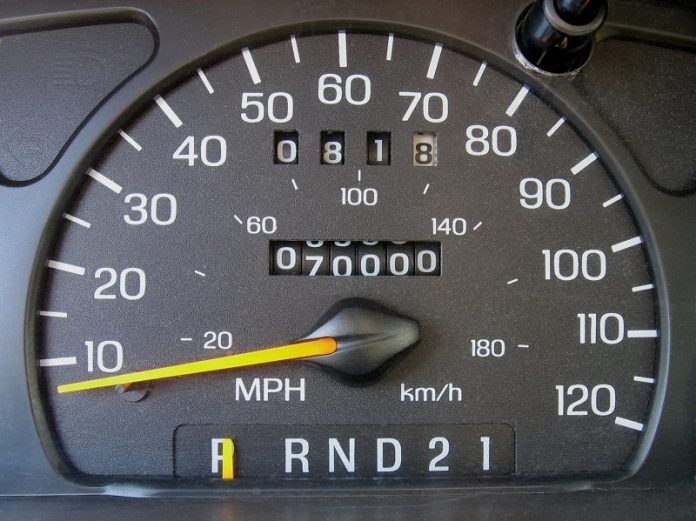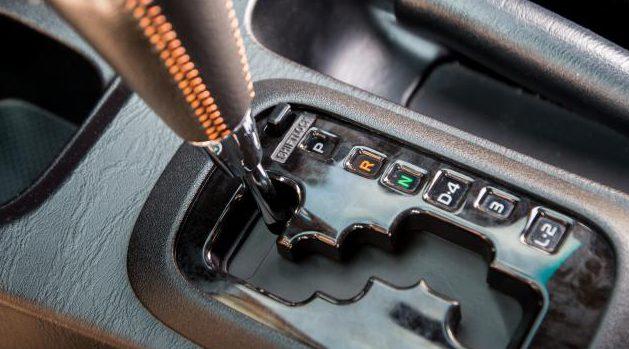When And How To Do Shocks And Struts Replacement
What keeps an automobile connected to the road at the time of driving? Shocks and struts. They are an integral part of the air suspension system that keeps the tires grounded to the surface and maintains the balance of the vehicle. But, you may need shocks and struts replacement because they can get damaged or wear out over time.
Replacing shocks and struts when they wear out will help the vehicle perform at its peak. Keep reading if you are curious to know when and how to replace these air suspension parts.
When To Replace Shocks And Struts
Driving with defective shocks and struts is downright dangerous because maintaining the control of the car will be a real challenge. These components are so crucial that when they are not fully functioning, your vehicle can lose control just by hitting a pothole or driving over a bump. And, losing control on the road will bring nothing good.

SEE MORE
So, you should know the symptoms of bad struts and shocks. Change them whenever your car starts showing these signs.
- Rigid steering performance
- Poor/delayed response from the steering
- Excessive bouncing at the time of driving
- Braking response is tippy
- The car tends to lean to one side when turning or changing lanes
Be watchful of these symptoms and don’t delay with the replacement if you notice anything unusual with the car’s driving performance.
Shocks And Struts Replacement: How To Do It?
How hard is it to replace struts and shocks? The task is actually not for the noobs. You have to have some experience with automobile mechanism and be familiar with repairing auto parts.
Here is how to replace shocks and struts:
1. Remove The springs
In some car models, the struts, shocks, and springs are interrelated. In that case, using a spring compressor is the right choice to remove the springs. Be careful while doing this because springs can pop off suddenly and hurt you or damage something on the way.
2. Detach The Shocks/Struts
Use a jack to lift the front wheel side of the car. Locate the positions of the shocks and struts. You may need an impact wrench with a socket extension to loosen the bolts.
3. Install The New Parts
Take off the old ones and do the shocks and struts replacement. This is more like repeating the first two steps in reverse order. A torque wrench will be a better choice for tightening the screws. Put the wheel back on after the replacement and repeat the same process for the other side of the front wheel.

Never forget to do a test driving after replacing these components to see if the car is giving the usual driving performance. Before you are 100% sure that everything is good to go, don’t go out for an adventurous ride along a winding or mounting road. Just take a slow drive in a less-traffic area. Also, twist the steering wheel now and again to test the response.














